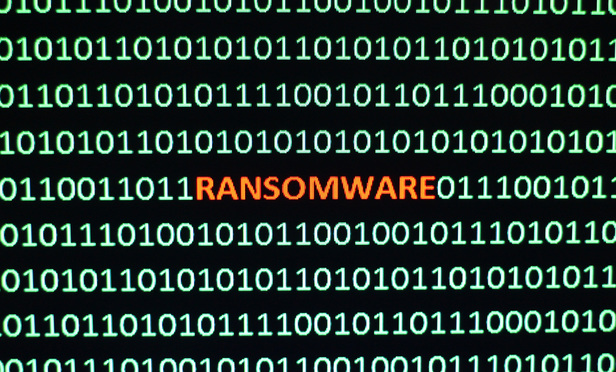The U.S. Department of Justice has reported that an average of 4,000 ransomware attacks occur in the United States each day. According to the Federal Bureau of Investigation, U.S.-based ransomware victims reported more than $209 million in losses in the first three months of 2016 alone. Given the potential legal and financial consequences of such an attack, in-house legal teams are well-served to build an understanding of what ransomware attacks are, what preparations can minimize the impact of an attack, and how to respond when an attack occurs.
As the name implies, the goal of a ransomware attack is to hold a company’s vital data hostage through the use of malware installed on the company’s systems until the company pays to release that information. The malware encrypts the targeted data, generally preventing anyone other than the attacker from accessing the information until the company accedes to the attacker’s demands.



